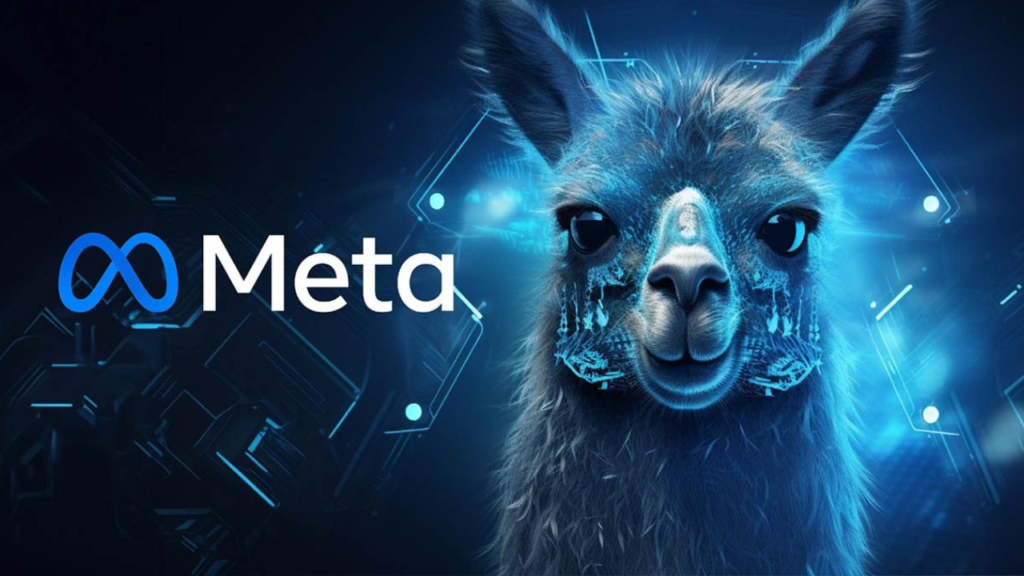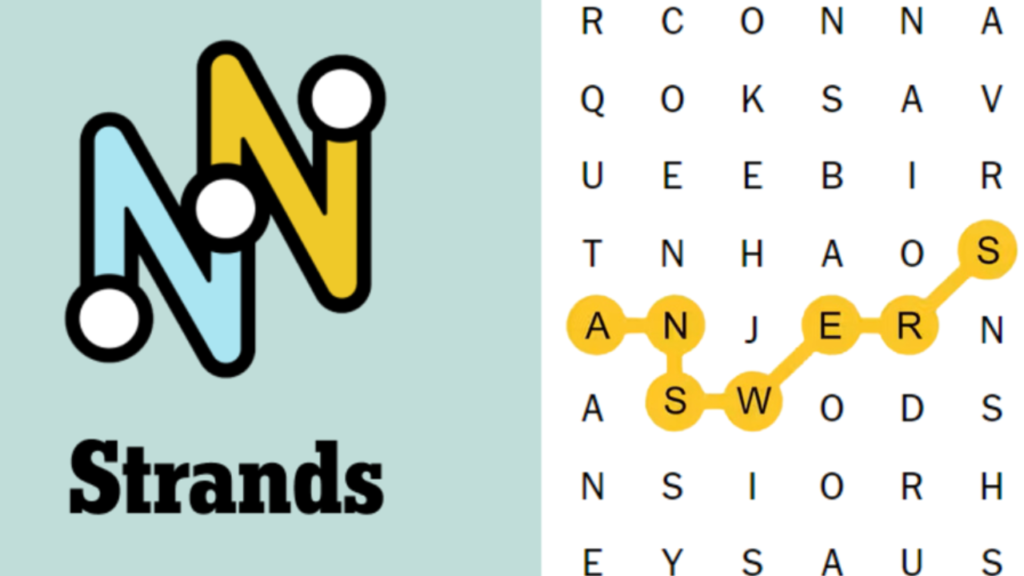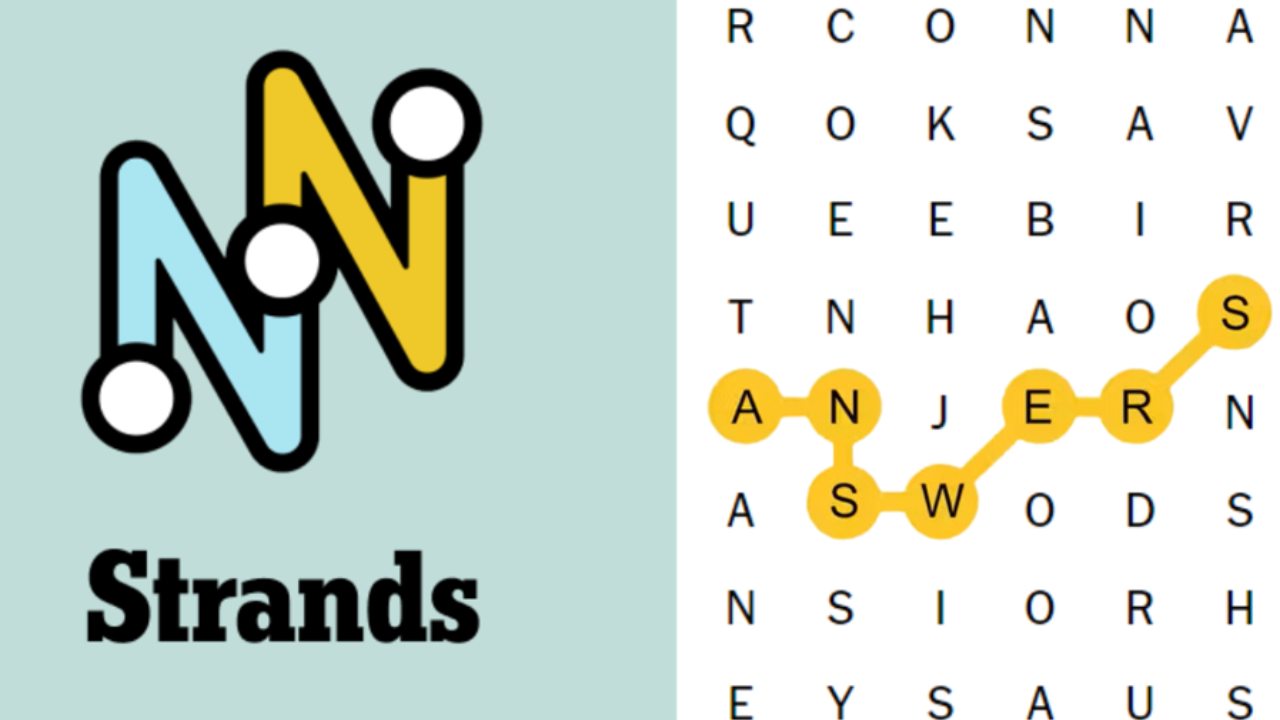Artificial intelligence has made significant strides this year with the release of several advanced models from major tech companies. Notably, Meta’s latest release of the 405 billion parameter Llama 3.1 model is setting new standards in the AI community.
Meta unveiled the Llama 3.1 model family yesterday, quickly establishing itself as a powerful and versatile AI tool. It outperforms proprietary models from OpenAI and Anthropic in many key benchmarks, offering a unique advantage as an open-source model available for broad use, including on personal devices.
Why Meta’s Llama 3.1 is a Game-Changer
While the Meta’s Llama 3.1’s performance is on par with models like GPT-4o and Sonnet, its true significance lies in its accessibility and open-source nature. This model allows for unprecedented control and experimentation, making it a catalyst for new research and advancements in AI without the high costs associated with proprietary models like GPT-4o or Claude Sonnet 3.5.
For those without access to a data center, Meta’s Llama 3.1 can run on high-end gaming laptops and is accessible through numerous cloud platforms such as Groq, Perplexity, and, for U.S. users, WhatsApp and the Meta.ai chatbot.
The Significance of Llama 3.1’s Scale
Training large language models is notoriously expensive. Despite recent trends towards efficiency, size still matters for achieving frontier-level intelligence. Llama 3.1 manages to deliver trillion-parameter quality within a more manageable 405 billion parameter model. This is a landmark achievement, making it the first frontier-grade open-source model available for public use.
Meta’s offering goes beyond just the model itself, providing a complete ecosystem with sample applications, prompt moderation tools, and proposed API standards to facilitate easier AI application development.
Key Features and Performance
Llama 3.1 excels in several areas including multilingual translation, general knowledge, and mathematics. Its open-source nature also allows for extensive customization to meet specific needs. Victor Botev, CTO of AI research company Iris.ai, hailed Llama 3.1 as a significant step forward in democratizing AI technology, emphasizing its accessibility and the elimination of barriers like proprietary APIs or expensive licensing fees.
Exploring Meta’s Llama 3.1
Here are some ways you can experience the capabilities of Llama 3.1:
- Meta.ai/WhatsApp: The ideal way to test Llama 3.1 is through Meta’s own platforms, where it integrates image generation and other features. Note that this is currently restricted to U.S. users and requires a Facebook or Instagram account.
- Groq Inference Engine: Groq offers access to the Llama 3.1 models, including the high-demand 405b model. Despite occasional access limitations, Groq provides a robust platform for experimenting with various models, including the upgraded 70b and 8b models.
- Perplexity Search: Perplexity enhances traditional web search with AI models, including Llama 3.1 405b. However, access to this model requires a $20/month ‘pro’ plan.
- Hugging Face Chat: HuggingChat offers a variety of AI models and tools, including Llama 3.1 405b, for free. Although there is a learning curve, it’s a comprehensive resource for AI experimentation.
- Poe Chat Marketplace: Backed by Quora, Poe provides access to various models, allowing for customization. It charges “compute points” per message, with a premium plan available for frequent use.
Additional Options
If these platforms don’t meet your needs or you require more control, numerous cloud computing services offer access to Meta’s Llama 3.1. Providers like Snowflake, Cloudflare, DataBricks, Nvidia AI Foundry, and IBM Cloud are excellent alternatives. SambaNova Systems also offers direct access without the need for registration.
Meta’s Llama 3.1, with its unprecedented scale, open-source accessibility, and robust performance, is poised to drive significant advancements in the AI industry, democratizing access to cutting-edge technology for researchers, developers, and businesses alike.




















